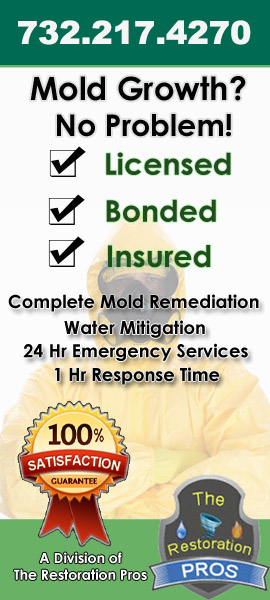The Best Method to Get Rid of Black Mold on Wood
Mold spores are always in the air, trying to find the perfect breeding site to settle and start growing. Under the right conditions and when a source of moisture is available, organic, porous materials like wood are prone to support mold growth.
In other words, wood structures constantly exposed to humidity or leaking water can develop black mold. If a mildew problem arises, you should have a plan of action to get rid of it to avoid property damage and unnecessary health risks.
So, have you noticed its musty smell on your furniture, walls, or floors? Here are the best methods to remove black mold from wood.
Clean Mold Off Wood with a Vacuum
The very first step in getting rid of black mold on wood is vacuuming. A high-quality vacuum with a proper filter can clear off mold spores on the affected area to reduce health risks associated with treating mold infection.
Once the vacuum traps the mold spores, you only have to empty it into a sealable plastic container. Don’t release the vacuum content in your house, or the mold spores can redisperse and infect your wooden furniture and surfaces again.
Get Rid of Mold on Wood Through Sun Exposure
Mold can infect your wood surfaces or furniture due to little exposure to sunlight. So, direct sunlight can be the right solution to kill mildew in its early stages. Damp, dark places support black mold progression, but exposing the wood to sunlight can remove that humidity the black mold needs to grow.
You can take the wood out for some time until the moisture evaporates but remember that you should take the wood back in after sunset to prevent the low temperature from dampening it further.
Remove Black Mold from Wood with Chemicals
If sun exposure doesn’t work, you can use chemicals that work as mold killers, such as vodka, vinegar, bleach, or detergent. White vinegar and bleach are the most-used chemicals to remove mold stains from wooden objects and surfaces, but you can try others, too.
When you’re using bleach, you can make a bleach and soap mixture to clean mold that is hard to get off, but bleach can send out toxic fumes, so you must be careful when handling the chemicals and perform the procedure outdoors.
When using vinegar or vodka, you only need to spray the affected wood surface with the substance using a spray bottle and let it dry for at least 30 minutes before wiping it with a damp cloth.
If you want to use detergent because the mold is resistant to sun-drying, vinegar, and bleach, just combine laundry detergent with warm water and gently scrub the moldy area with that soapy water using a soft-bristled brush.
Final Thoughts: When to Seek Professional Mold Removal Help
You should contact remediation professionals if mold has affected a significant portion of a wooden structure.
Experts will implement the necessary measures to limit and contain the black mold, preventing its spores from spreading or intensifying the problem. Some types of mold can be toxic. Therefore, you should call a trained specialist if you are not sure if the mold you found in your home could harm your health.





